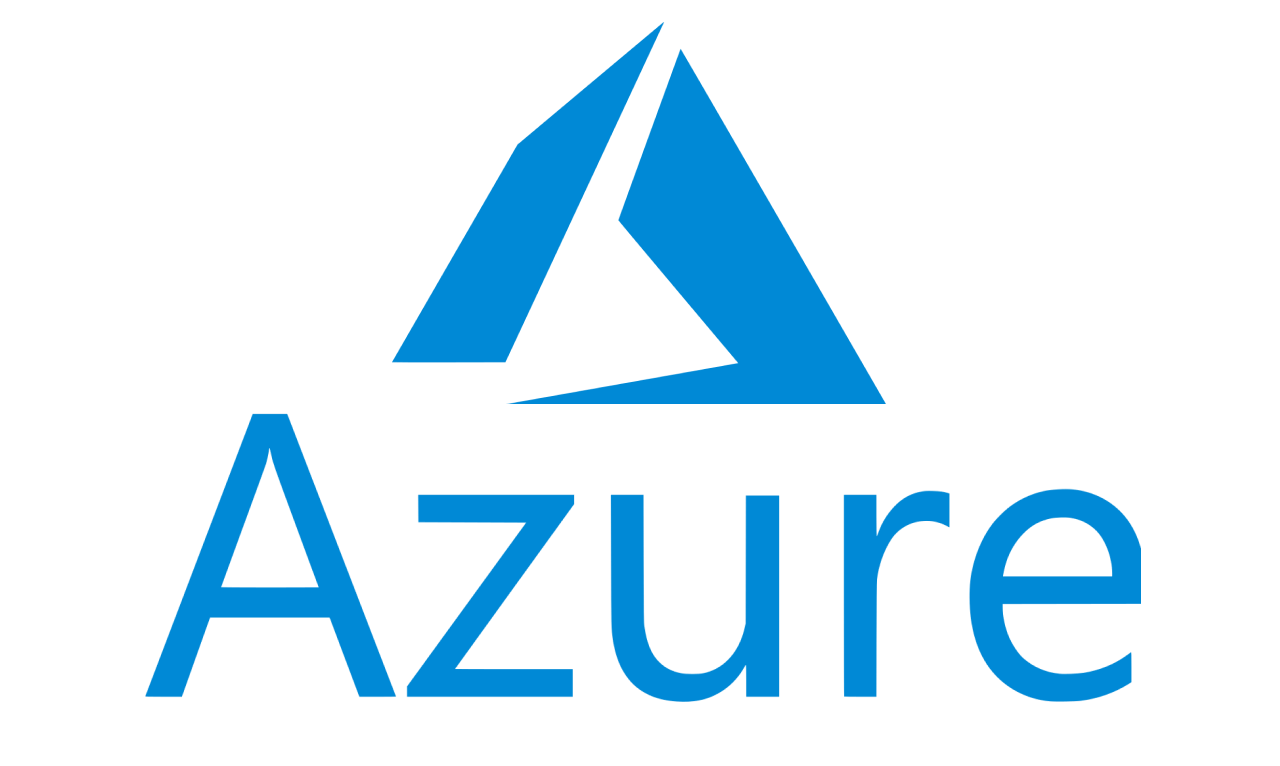Migrating to microservices: Practical tips and pitfalls to avoid

The evolution of software architecture has been marked by a continuous quest for modularity, scalability, and efficiency. A recent study by O'Reilly indicated that 77% of businesses have adopted microservices, a testament to their growing significance in the realm of software development.
Microservices represent a distinct architectural style where an application is decomposed into loosely coupled, independently deployable services. Each service encapsulates a specific business functionality and communicates with others via lightweight mechanisms, often HTTP RESTful APIs or asynchronous messaging. Unlike monolithic architectures where components are interconnected and interdependent, microservices ensure separation of concerns, enabling each service to have its own datastore, programming language, and even its own dedicated team.
This architectural shift is not just a trend but a response to the complexities of modern software development. With the rise of cloud-native applications, containerization, and orchestration tools like Kubernetes, microservices fit naturally, allowing granular scaling, resilience, and efficient CI/CD pipelines.
However, the transition to a microservices architecture isn't a mere switch but a journey. It demands a deep understanding of domain-driven design, decentralized data management, and the challenges of distributed systems. As we explore the migration process, we'll delve into the technical nuances, strategies, and best practices to ensure a smooth transition.
Understanding the Migration Process
Migrating to a microservices architecture is not a straightforward task; it's a complex process that requires meticulous planning, a deep understanding of the existing system, and a clear vision of the desired end state. The migration process can be likened to refactoring code, but on a much larger scale, encompassing the entire application architecture.
The Steps Involved in Migrating to Microservices
Initiating the migration begins with a granular analysis of the existing monolithic application. This involves dissecting its components, mapping out interdependencies, and profiling data flow patterns. For instance, if an e-commerce application has tightly coupled inventory, user management, and payment processing modules, these need to be identified and isolated.
Post-analysis, domain-driven design (DDD) principles come into play. By defining clear bounded contexts, one can delineate potential microservices. Taking the e-commerce example further, inventory management could be carved out as a distinct microservice, with its own database, ensuring data encapsulation.
The extraction process follows, where each identified microservice is incrementally decoupled from the monolith. It's essential to adopt a phased approach, perhaps starting with stateless services, ensuring minimal disruption. For instance, a stateless authentication service using JWT tokens can be one of the first candidates for extraction.
The Role of Planning and Strategy in Successful Migration
Strategic foresight is non-negotiable in microservices migration. A clear roadmap, detailing the sequence of extraction, communication protocols, and data consistency strategies, is imperative. For instance, when services need to communicate, one might opt for synchronous RESTful APIs for immediate data needs or asynchronous messaging (like Kafka or RabbitMQ) for operations that can tolerate eventual consistency.
Data management in a distributed environment poses challenges. Strategies like the Saga pattern can be employed to ensure data consistency across microservices. For instance, in our e-commerce example, if a payment service and an order service need to coordinate, the Saga pattern can manage distributed transactions without a central coordinating service.
Tooling is another strategic pillar. Adopting tools like Istio for service mesh capabilities, Prometheus for monitoring, and Jaeger for distributed tracing ensures visibility and control in the new microservices ecosystem.
Practical Tips for Microservices Migration
Beginning a microservices migration requires more than just a theoretical understanding. Practical insights, derived from real-world experiences, can be the difference between a successful transition and a problematic one.
How to Choose the Right Services to Migrate First
The following points are worth considering when selecting services for migration in the first place:
- Statelessness: Begin with services that are inherently stateless for easier scalability and management. For instance, a service that provides real-time currency conversion rates can be an ideal candidate, as it simply fetches and returns data without maintaining any session or user-specific state..
- Low Dependency: Opt for services with minimal dependencies on other parts of the system. This reduces the complexity of the migration and limits potential disruptions. For example, a logging service or a notification service might be relatively isolated in many systems.
- Business Value: Prioritize services that deliver immediate business value. If migrating a particular service can significantly enhance user experience or reduce costs, it should be high on the list. An example might be a pricing service in an e-commerce platform that, when optimized, can drive more sales.
Strategies for Ensuring Minimal Disruption During Migration
When migrating to a microservices architecture, we would like it to be as seamless as possible. This will be helped by:
- Strangler Pattern: This involves building the new microservice alongside the existing monolithic functionality. As the microservice matures, traffic is gradually rerouted from the old function to the new service until the old one can be deprecated. For instance, if you're migrating a user registration module, you can introduce the new service for a subset of users, gradually increasing its exposure.
- Feature Flags: Use feature toggles to switch between the old monolithic function and the new microservice. This allows for easy rollback in case of issues and facilitates A/B testing. For example, a new payment gateway microservice can be toggled on for a certain percentage of users to gauge its performance.
- Data Synchronization: When migrating services that have data components, ensure data consistency between the monolith and the microservice during the transition phase. Tools like Apache Kafka can be used to synchronize data in real-time.
Techniques for Testing and Validating the Migration
Just doing the migration doesn't give you confidence that everything went well. It is necessary to thoroughly test the new architecture. Consider the following:
- Contract Testing: As microservices communicate with each other, it's vital to ensure that they honor their contracts. Tools like Pact or Spring Cloud Contract can be used to verify interactions between consumer and provider services.
- End-to-End Testing: While unit and integration tests are essential, end-to-end tests ensure the entire system functions cohesively. Tools like Selenium or Cypress can automate these tests, simulating real-world user behaviors.
- Chaos Engineering: Introducing deliberate failures in the system can test its resilience. Tools like Chaos Monkey can be used to ensure that the system can recover from failures, a crucial aspect when dealing with a distributed microservices architecture.
Pitfalls to Avoid During Microservices Migration
Transitioning to a microservices architecture, while offering numerous advantages, is fraught with potential pitfalls. Awareness of these challenges and proactive measures can significantly smoothen the migration journey..
Common Mistakes and Challenges During Migration
- Inadequate Service Boundaries: One of the most common mistakes is not defining clear service boundaries, leading to tightly coupled microservices that negate the very benefits of this architecture. For instance, if two services frequently exchange data and have intertwined business logic, they might have been better off as a single service.
- Over-Engineering: While microservices offer granularity, not every function needs to be its own service. Over-segmenting can lead to unnecessary complexity. For example, breaking down a user management system into separate services for profile management, user settings, and authentication might be overkill.
- Ignoring Data Challenges: Data consistency in a distributed system is complex. Overlooking challenges like transaction management across services can lead to data inconsistencies. For instance, if an e-commerce platform has separate services for order management and inventory, a failure in updating one after a transaction can lead to discrepancies.
Tips for Avoiding These Pitfalls
Fortunately, it is not at all difficult to overcome these challenges. Keep in mind:
- Domain-Driven Design (DDD): Employ DDD principles to ensure that microservices are designed around business capabilities. Ensure a robust business and systems analysis to get well-defined and cohesive service boundaries.
- Iterative Approach: Instead of a big-bang migration, adopt an iterative approach. Start small, learn from the initial migrations, and then expand. This allows for course corrections based on real-world challenges.
- Centralized Logging and Monitoring: In a distributed system, debugging can be challenging. Implement centralized logging and monitoring solutions like ELK Stack or Grafana to gain insights into system health and troubleshoot issues effectively.
Case Studies of Successful and Unsuccessful Migrations
Some have succeeded, others have failed. Here are the best-known cases of going microservices.
- Success - Netflix's Cosmos Platform: Netflix developed the Cosmos platform to address the challenges posed by their expanding scale and the limitations of their monolithic architecture. Cosmos is a computing platform that merges microservices with asynchronous workflows and serverless functions. It's designed for applications requiring resource-intensive algorithms coordinated through complex workflows. The architecture emphasizes separation of concerns, dividing logic between API, workflow, and serverless functions.
Additionally, the platform API abstracts the intricacies of distributed computing, offering media-specific abstractions to developers. This approach streamlines the development process, enhances scalability, and ensures efficient resource utilization, demonstrating the technical advantages of a well-executed microservices migration. - Failure – Uber’s Microservice Complexity: Uber initially adopted a microservice architecture to address operational challenges posed by their monolithic systems around 2012-2013. While this shift provided benefits like improved system reliability, clear ownership, and increased developer velocity, it introduced new complexities as the company scaled. With the growth from hundreds to thousands of engineers, the number of microservices surged to around 2,200 critical ones. Services turned into black boxes that could change unpredictably. For instance, engineers had to navigate through approximately 50 services across 12 different teams to complete basic tasks.
As per their engineering blog, they observed that every 1.5 years, about 50% of their microservices underwent changes. Such frequent changes, without proper gateways, led to what they termed as a "migration hell”. This complexity highlighted the trade-offs of a microservice architecture: while it offers flexibility and independent deployments, it can also introduce significant challenges in managing inter-service dependencies and ensuring consistent behavior across the system.
Benefits of Microservices Migration
The migration to microservices isn't just a trend; it's a strategic move that offers tangible benefits. While the transition can be complex, the rewards, when done right, are significant. Here's a deep dive into some of the primary advantages:
Improved Scalability and Resilience
- Dynamic Scaling: Microservices allow for dynamic scaling of individual services based on demand. For instance, during a major sale event on an e-commerce platform, the payment and cart services might experience higher traffic. With microservices, these can be scaled independently without affecting other services, ensuring smooth user transactions.
- Fault Isolation: In a monolithic architecture, a failure in one module can bring down the entire system. Microservices offer fault isolation. If one service fails, it doesn't necessarily bring down the others. For example, even if a recommendation service in a streaming platform faces issues, users can still browse and watch content, ensuring uninterrupted service.
Increased Development Speed and Productivity
- Parallel Development: Teams can work on different microservices simultaneously, leading to faster development cycles. A team working on the user authentication service of an application can develop, test, and deploy independently of the team working on the content delivery service.
- Tech Stack Flexibility: Each microservice can use a tech stack best suited for its functionality. For instance, a data analytics service might benefit from a different database system than a user profile service, allowing teams to choose the best tools for the job.
Enhanced Customer Experience
- Continuous Delivery: With microservices, updates and new features can be rolled out continuously without major downtimes. This means users get to experience new features and improvements faster. For example, a social media platform can introduce a new filtering feature without waiting for other updates to be ready.
- Personalized User Experiences: Microservices can facilitate more personalized user experiences. A recommendation engine, as a separate service, can leverage machine learning models to provide tailored content suggestions, enhancing user engagement.
Getting Started with Your Microservices Migration
Going microservices is a significant decision for any IT project, and initiating such an operation requires a blend of strategic planning, technical expertise, and the right set of tools. Here's a guide to kickstart your migration:
Steps to Initiate the Migration Process
- Assessment: Begin with a comprehensive assessment of your current architecture. Understand the intricacies, dependencies, and potential bottlenecks of your monolithic system. This will provide a clear picture of the migration's scope and complexity.
- Define Objectives: Clearly outline what you aim to achieve with the migration. Whether it's scalability, faster time-to-market, or improved resilience, having clear objectives will guide the migration strategy.
- Service Decomposition: Based on domain-driven design principles, identify potential microservices. Break down the monolith into smaller, manageable, and independent services.
- Prioritize Migration: Not all services need to be migrated simultaneously. Prioritize based on business value, complexity, and dependencies.
- Infrastructure Planning: Microservices require a different infrastructure setup, especially when considering service discovery, load balancing, and inter-service communication. Plan your infrastructure to support this new architecture.
- Continuous Integration and Deployment: Establish a CI/CD pipeline early on. This will facilitate faster testing, deployment, and rollback if needed.
Tools and Resources for Effective Migration
- Containerization: Tools like Docker provide a consistent environment for microservices, ensuring they run uniformly across different stages of development.
- Orchestration: Kubernetes stands out as a powerful tool for orchestrating containerized microservices, handling scaling, and ensuring resilience.
- Service Mesh: Istio or Linkerd can manage inter-service communications, providing load balancing, traffic routing, and security features.
- Monitoring and Logging: Tools like Prometheus for monitoring and ELK Stack for logging are crucial for visibility in a microservices environment.
- API Gateways: Solutions like Kong or Apigee can manage external access to your microservices, offering features like rate limiting, authentication, and caching.
While the above steps and tools provide a foundation, the migration journey is unique for every organization. We as Semantive, with our expertise in cloud engineering, were keen to offer insights, best practices, and support in this transition. Our involvement in this process help in navigating the complexities, ensuring a smooth and efficient migration.
Remember, the goal is not just to adopt a new architecture but to harness its full potential in driving business and technical excellence.
More Articles
Our team of experts is ready to partner with you to drive innovation, accelerate business growth, and achieve tangible results.
If you’re wondering how to make IT work for your business
let us know to schedule a call with our sales representative.










.png)



